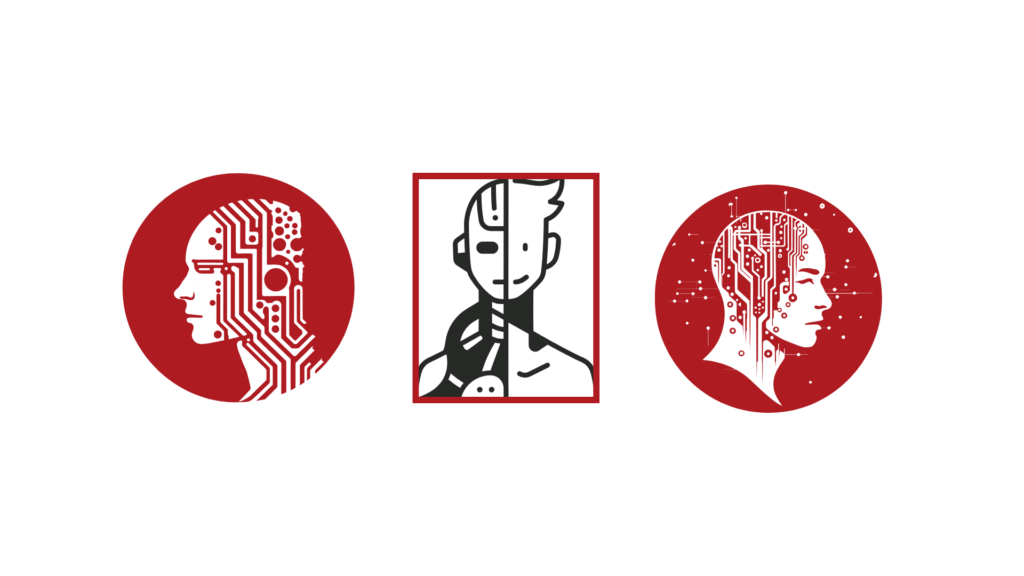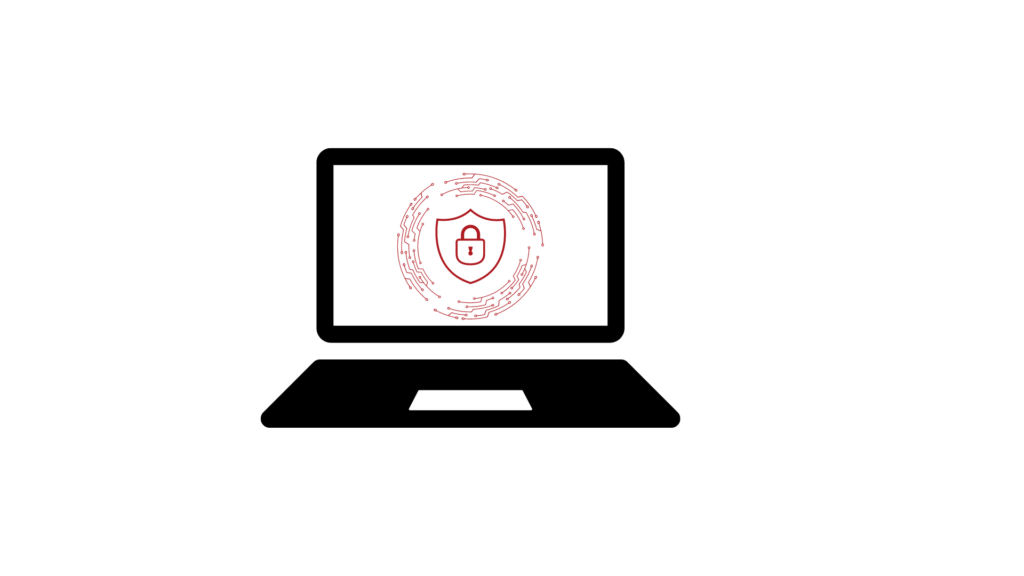
In today’s hyper-connected digital landscape, the evolution of cyber threats has reached unprecedented levels of sophistication. Hackers no longer just target the perimeter; they exploit weaknesses within. Gone are the days when perimeter defenses alone could shield organizations from malicious actors. As cybercriminals continuously refine their tactics, it’s evident that traditional security measures are no longer sufficient to combat modern threats effectively.
This week, we delve into how cyber threats have evolved, moving from broad, scattergun attacks to highly targeted, advanced threats that can bypass traditional defenses. We’ll explore why a new approach is vital in this era of digital transformation, setting the stage for the need for Zero Trust — a model designed to operate under the assumption that a breach can occur at any point, and therefore, verification is needed at every step of the digital interaction. Read on to learn more about the critical role Zero Trust plays in safeguarding against these evolving threats.
The Changing Face of Cyber Threats

Cyber threats have evolved significantly over the years, transitioning from indiscriminate attacks to highly targeted and stealthy intrusions. Hackers no longer rely solely on brute force methods to breach defenses. Instead, they exploit vulnerabilities within organizations, often leveraging social engineering techniques and advanced malware to bypass traditional security controls.
The Rise of Zero Trust

In response to this shifting threat landscape, the concept of Zero Trust has emerged as a proactive approach to cybersecurity. Unlike traditional security models that operate on the assumption of trust within the network perimeter, Zero Trust adopts a more skeptical mindset. It operates under the principle of “never trust, always verify,” requiring continuous authentication and authorization for every user and device attempting to access resources.
Why Zero Trust Matters

In an era where perimeter defenses are no longer sufficient to thwart sophisticated attacks, Zero Trust offers a comprehensive solution. By enforcing strict access controls, monitoring user behavior, and segmenting network resources, Zero Trust minimizes the risk of lateral movement by malicious actors within the network. This approach not only enhances security posture but also aligns with the dynamic nature of today’s digital environments.
Empowering Your Security Strategy with Zero Trust

Implementing Zero Trust requires a strategic shift in mindset and technology. Organizations must adopt robust identity and access management solutions, deploy advanced threat detection capabilities, and embrace a culture of security awareness. By embracing Zero Trust principles, organizations can strengthen their defenses against evolving cyber threats and mitigate the risk of data breaches and disruptions.
Take the Next Step Towards Secure Transformation

Stratejm has a been a strong supporter of ZTNA since our inception in 2015. Since then we’ve helped countless organizations make the leap forwards towards zero trust security. As cyber threats continue to evolve, it’s imperative for organizations to adapt and fortify their security posture accordingly. Ready to evolve your security against modern cyber threats? Reach out to us today to learn how Zero Trust principles can help safeguard your organization’s digital assets and data.

